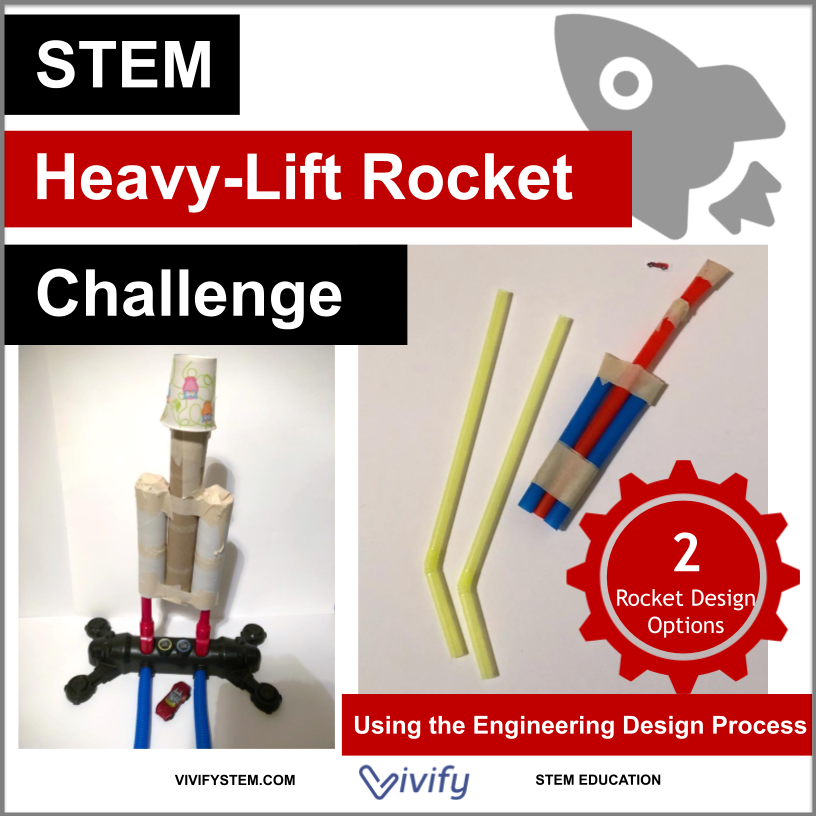Balloon Rockets: What a Drag!
Updated: December 27, 2024
Type: Stage 2: Engineering Challenges
Grade Level: 4 - 9
The balloon rocket is a classic science experiment, but this activity often ignores a very important force that is part of real rockets: drag! Hook students with a question: which will travel faster, a smaller or larger balloon? Students will likely be surprised that the smaller balloon actually travels faster and gets to the end of the first! Why is this happening? First, students will explore the thrust force and how this moves a balloon through the air. Next, students will be introduced to drag forces with a series of demonstrations and discussions that involve dropping objects of various sizes and weights. Students generally learn the idealized law that all objects fall at the same rate, but this ignores air resistance. These demonstrations will push their thinking and help them understand the role of drag based on the influence of surface area. Finally, the students will return to the balloon rocket activity and apply their knowledge of air resistance and thrust to optimize a balloon rocket that travels up to the ceiling!
Watch an overview of this science-based engineering design challenge:
Related Vivify Lessons
Are You Struggling to Find High-Quality STEM for Your Classroom?
We can help! Move beyond repetitive building activities and elevate your STEM classroom with authentic, inquiry-based units that are standards-aligned and classroom-tested for high-impact STEM learning!
Join today to access 200+ STEM resources and a full-year scope and sequence for grades K - 8 that promotes innovation, problem-solving, and an integrated approach to engineering learning





